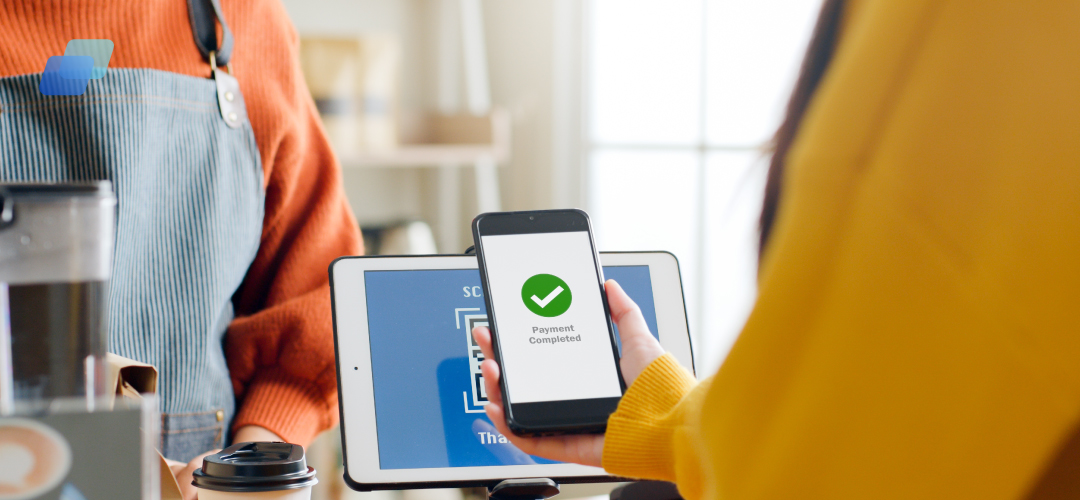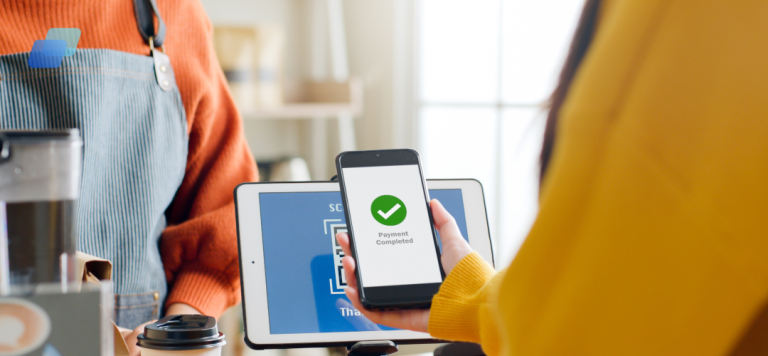Cashless payment has been on the rise in recent years. Thanks to technological advancements, this kind of payment has become more accessible and convenient.
In this article, we’ll take a closer look at cashless payments, what they are, and the advantages associated with using them.
What is cashless payment?
Cashless payment is a transaction method that allows individuals or businesses to purchase goods and services without using cash.
This doesn’t involve the physical exchange of cash. This type of payment is facilitated by digital or electronic means, such as credit or debit cards, mobile payments, online payments, and bank transfers.
Cashless payment systems are becoming more popular because they are faster, more secure, and more convenient than cash transactions. Moreover, cashless payment systems can help reduce the risk of theft and counterfeiting.
Cashless payment is a dynamic and evolving phenomenon that has significant implications for the future of money and commerce.

What is cashless payment?
Sweden is one of the most cashless societies in the world today, with just 32 ATMs in operation per 100,000 people, and with more than 98% of its citizens owning a debit/credit card. It also ranks as one of the top countries utilizing mobile payments.
Other countries with high adoption rates of cashless payments include China, Denmark, Norway, and Finland.
As more countries and regions adopt cashless payment systems, it is important to balance the benefits and challenges of going cashless.
What are the advantages and disadvantages of cashless payment modes?
Cashless payment modes offer many benefits for both consumers and businesses, but they also have some drawbacks that need to be considered.
Here are some of the advantages and disadvantages of cashless payment modes.
Advantages of cashless payment modes:
Convenience
Cashless payment modes are convenient for both consumers and businesses. Consumers do not need to carry cash or coins, which can be bulky, heavy, or easily lost or stolen.
They can also pay for goods and services with just a tap or a swipe of their card or phone, without having to worry about exact change or counting bills. Businesses do not need to handle cash, which can be time-consuming, costly, or risky.
They can also accept payments from customers anywhere and anytime, without having to rely on physical infrastructure or intermediaries.
Efficiency
Cashless payment modes are efficient for both consumers and businesses. Consumers can save time and money by avoiding queues, ATM fees, or currency exchange rates. They can also track their spending and manage their finances more easily with digital records and receipts.
Businesses can reduce operational costs and risks by eliminating cash handling and storage. They can also improve their cash flow and profitability by receiving payments instantly and securely.
Inclusion
Cashless payment modes are inclusive for both consumers and businesses. Consumers who do not have access to traditional banking services or who face barriers to obtaining cash can benefit from cashless payment modes that offer more options and opportunities.
They can also participate in the digital economy and access online goods and services that may not be available otherwise.
Businesses who cater to diverse and global customers can benefit from cashless payment modes that enable them to reach new markets and segments. They can also offer more choices and flexibility to their customers who prefer different payment methods.
Disadvantages of cashless payment modes
Security
Cashless payment modes are vulnerable to security risks for both consumers and businesses. Consumers may face fraud, identity theft, or cyberattacks that compromise their personal or financial information.
They may also lose access to their funds or accounts if they lose their card or phone, forget their password or PIN, or experience network or system failures.
Businesses may face data breaches, hacking, or phishing that expose their confidential or sensitive data. They may also lose revenue or reputation if they fail to protect their customers’ data or transactions.
Privacy
Cashless payment modes may infringe on the privacy of both consumers and businesses. Consumers may have their spending habits, preferences, or behaviors tracked, monitored, or analyzed by third parties without their consent or knowledge.
They may also receive unwanted or targeted advertisements, offers, or recommendations based on their data.
Businesses may have their competitive advantage, strategy, or performance revealed or influenced by third parties who have access to their data.
They may also face legal or ethical issues if they misuse or mishandle their customers’ data.
Dependence
Cashless payment modes may create dependence for both consumers and businesses. Consumers may become reliant on technology or intermediaries that facilitate cashless payments.
They may also lose control or awareness of their spending or saving habits if they do not use cash as a tangible reminder or limit.
Businesses may become dependent on service providers or platforms that enable cashless payments. They may also lose autonomy or flexibility if they have to comply with rules, regulations, or fees imposed by these entities.
Cashless payment with DNBC Financial Group
DNBC Financial Group offers a range of cashless payment options to its customers, including mobile payments, and online transfers. With cashless payments becoming increasingly popular around the world, it’s no surprise that DNBC Financial Group is at the forefront of this trend.
Mobile payments are a popular cashless payment option that allows customers to send money using their smartphones. Customers simply tap their phone on the payment transaction.
Regarding online transfers, customers can initiate transfers online, and the funds are typically available to the recipient within a few business days.
Customers don’t need to carry cash or wait for change, and transactions can be completed in minutes. This is especially useful for large transactions, where carrying large amounts of cash can be cumbersome and unsafe.
Or please contact DNBC
![]() Email: [email protected]
Email: [email protected]
![]() Phone Number:
Phone Number:
- +65 6572 8885 (Office)
- +1 604 227 7007 (Hotline Canada)
- +65 8442 3474 (WhatsApp)



 DNBC Team
DNBC Team